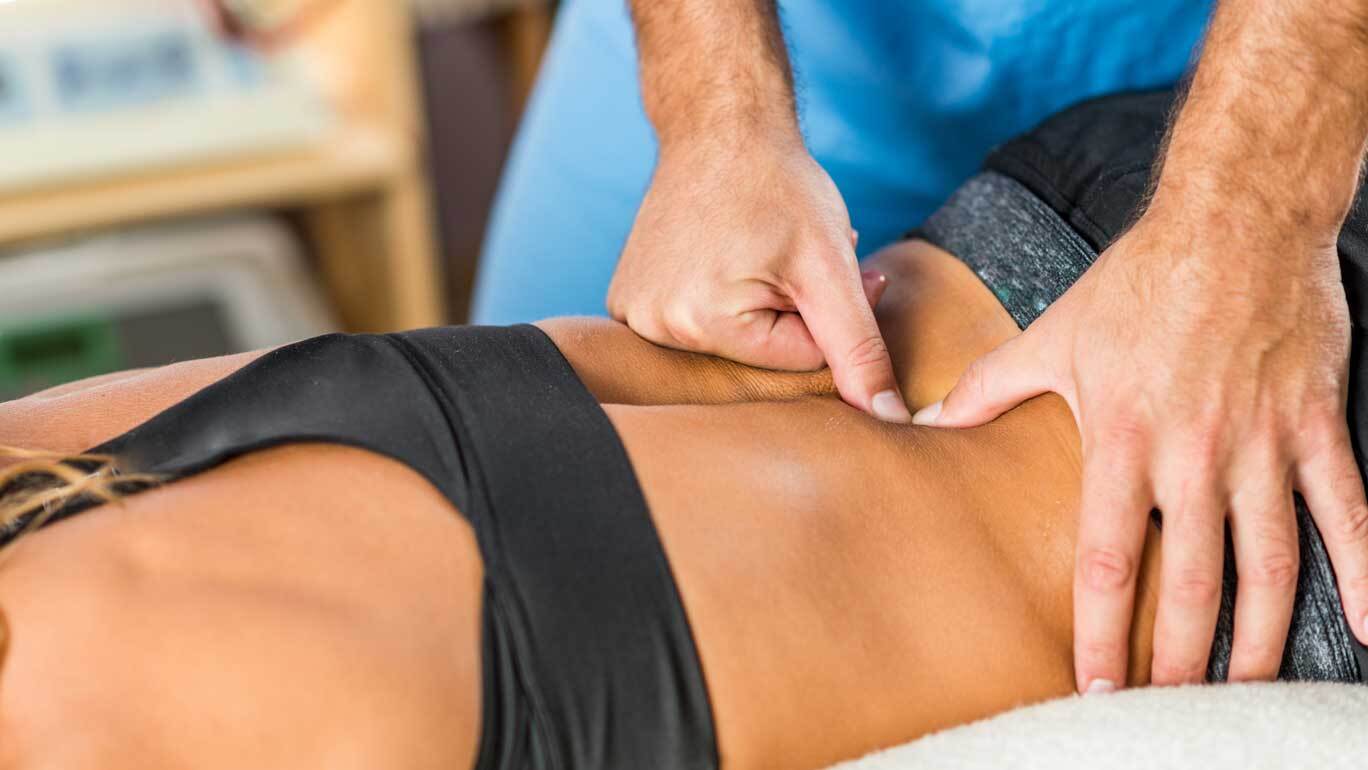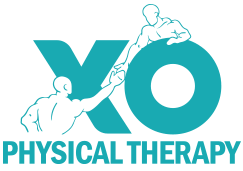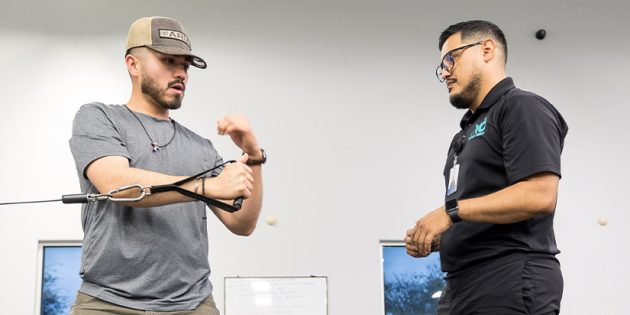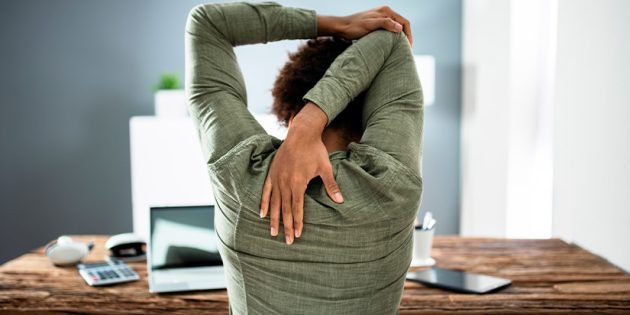Physical Therapy For Lower Back Pain Relief

How Can Physical Therapy Help Relieve Lower Back Pain?
Lower back pain is very common, afflicting about 80 percent of people at some point in their lives. That does not mean it is something you have to live with. Among the many diseases treated by physical therapy is lower back pain. It has several tools that can alleviate discomfort and return sufferers to a more comfortable, and active, way of life. Here is a look at what you might experience when you choose physical therapy for lower back pain.
Stretching Exercises
Some back pain stems from weak or unused muscles that are simply not limber enough to work effectively, even when completing everyday tasks. Stretching can help. By lengthening the muscles, you can improve their range of motion, increase their strength, and improve circulation to the lower back. That is why stretching can sometimes deliver rapid pain relief, making it an effective way to address acute lower back pain.
Your physical therapist may provide you with stretching exercises during your session as a way to directly address your pain and bring relief from muscle spasms. They may also use stretching as a way to warm you up before you engage in additional exercises. The exact exercises your therapist will use will depend upon your needs and limitations. What they will focus on is implementing stretches that address your pain without aggravating any existing injuries or requiring you to move in ways that cause you additional pain.
Strength Training
Weak muscles may also respond to strength training. While most individuals’ natural response to pain is to avoid any activity that could increase it, lack of exercise can often worsen discomfort. Unused muscles grow weaker and stiffer, making it more difficult to accomplish daily tasks. Sometimes, individuals get caught in a vicious cycle of limiting activity, experiencing worsening pain, limiting their activity even more, and so on.
Physical therapy can help by counterintuitively increasing the individual’s use of the painful areas of their lower back. In particular, physical therapists will typically encourage their patients to engage in strength training exercises, light aerobic exercises, and other approaches designed to strengthen the muscles causing the individual’s lower back pain. As those muscles grow stronger, they become more capable of performing daily tasks, leading to less pain and a more active life.
Posture Improvement
Physical therapy for back pain may also include posture improvement. The rise in work from home setups has led to a rise in postural problems that can contribute to lower back pain. Incorrect desk height or keyboard angles, poor seating choices, and slouched positions can all contribute to back pain. Correcting the weak, sore muscles that result from these mistakes may include what are called movement control exercises.
These exercises teach the muscles of the back how to work together appropriately to support the back and eliminate pain. With the right posture, and strong muscles, individuals often experience a reduction in their lower back pain, and an improved ability to pursue the activities of daily life.
Education
Lower back pain, as mentioned above, is sometimes the result of lifestyle habits that weaken the muscles of the back. Even when lower back pain is the result of injury or illness, education can play a role in helping patients recover.
A physical therapist’s education can include teaching the patient why they are in pain, recommending lifestyle changes to reduce the pain, and assisting them in understanding why certain approaches can help or harm them. Methods to improve posture and work from home arrangements are examples of pain-relieving lifestyle changes.
In addition, physical therapists will regularly teach patients-specific exercises they can use at home to further their recovery, or teach them at-home regimens that they can use to maintain their recovery after they stop attending physical therapy. It is important for patients to implement the lessons they learn from their physical therapist to enjoy maximum benefits from their treatment sessions, and a lasting recovery after they complete PT.
Manual Therapy
Finally, a physical therapist may use manual therapy to alleviate lower back pain in patients. Manual therapy consists of a set of exercises that the therapist implements through touch and massage. This approach consists of massages, dry needling, soft tissue mobilization, passive stretching, other approaches. This type of therapy often works best when coupled with exercises.
RGV Physical Therapy for Lower Back Pain
If you are suffering from lower back pain in the Rio Grande Valley, you may benefit from physical therapy tailored to your recovery needs. At XO Physical Therapy, the best physical therapy clinics in the Valley offer expert care to restore your quality of life. Do not allow lower back pain to hold you back from the active, pain-free life you deserve. Contact us today to learn more about how our state-of-the-art facilities and expert therapists can help.




